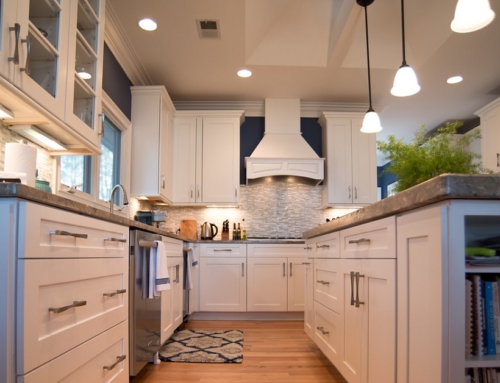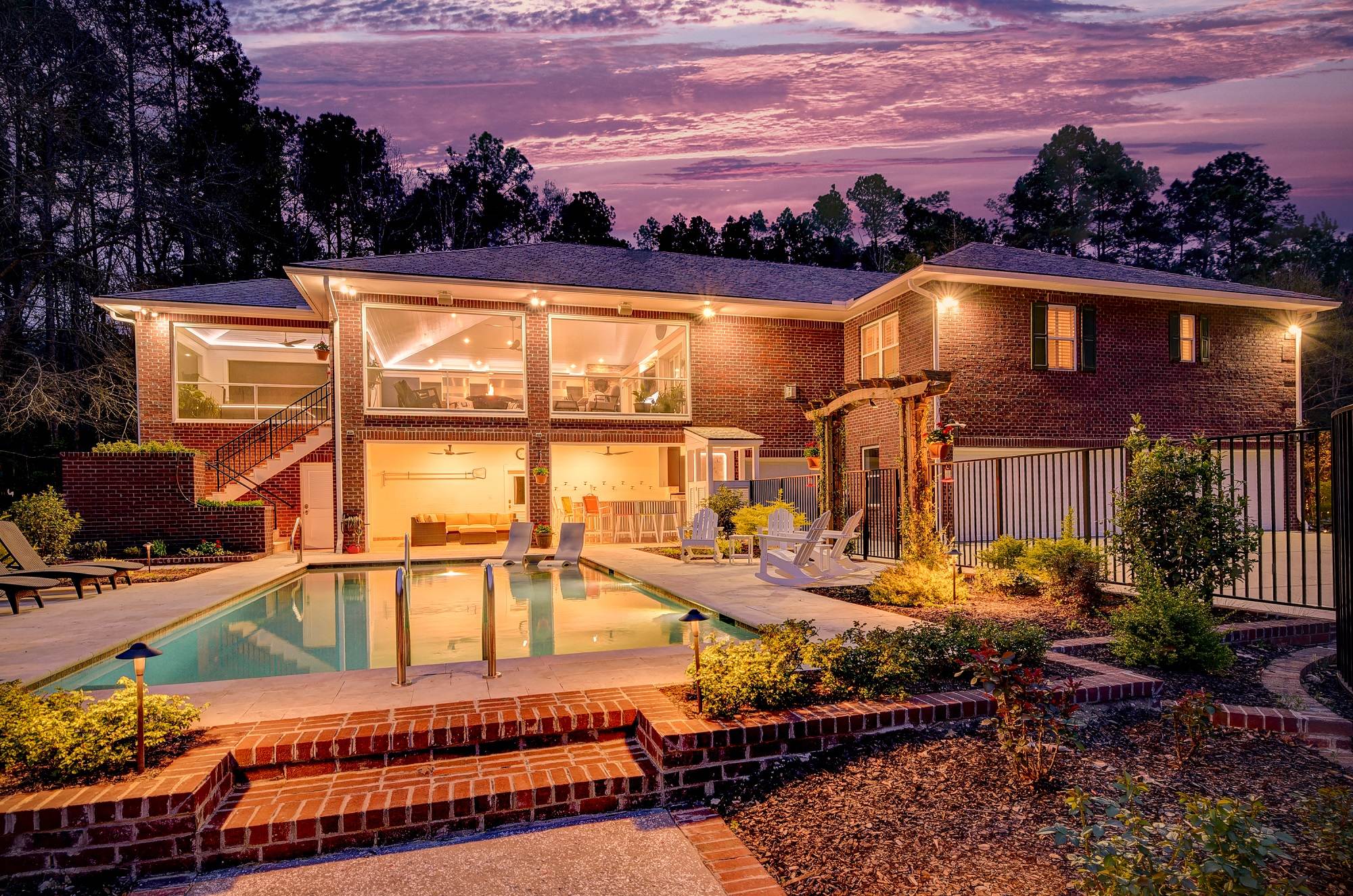The holidays are quickly approaching, and it is during this time of the year that many of us turn to colored lights to decorate our homes – both inside and out. We wrap our palm trees in soft white lights, tuck twinkle lights into the mantel garland, and wrap strings of lights around our bannisters.
We’ve been doing it this way for years. However, with advances in LED lighting, the colors we bring into the interiors of our homes can significantly – and easily – add to the holiday mood. Imagine easily changing your dining room’s color scheme from the traditional soft white to Thanksgiving orange for the family feast, and then, as Christmas nears, having the colors softly wash from silvery blue to soft red. With LED lights, it’s possible to not only create a color scheme that matches the season or special event, but also use colors – or chromotherapy – to enhance your sense of well-being.
Chromotherapy Isn’t New
The practice of chromotherapy, or color therapy, dates back to ancient Egyptian and Chinese cultures, which used color to heal illnesses of the body and mind. Color therapy is still used in alternative medicine. Several modern studies have proven the incredible impact of lighting color on heart rate, circadian rhythms, and overall mood.
While your doctor may not prescribe color therapy when you complain of a sore throat, you’re probably being exposed to the powers of chromotherapy just by stepping into his or her office. It’s become standard practice for hospitals, jails, restaurants, and retail stores to use colored lighting to encourage better environments and outcomes.
The Case for LED Lighting
The application of colored lighting became much easier with the introduction of LED light bulbs, which are available in cool, warm, solid color and color-changing options. Many are also available with a wide range of smart home functionality, including smart assistant compatible light bulbs controlled and dimmed individually with a smartphone app.
LED light bulbs might be a good starting place for beginners, but when you really want to take control of your home environment – and holiday moods – we recommend installing an LED lighting system that is hard-wired into your home. Whether for primary or accent lighting, LED makes a huge difference in the look and feel of a room. Can lights, tubes, strip lights, and even LED tape can be orchestrated to highlight interesting features, illuminate workspaces, or attract attention and motion to the flow you want for your room.
Aesthetics isn’t the only reason to opt for LED lighting, as there are considerable energy savings to be had, too. LED bulbs on average use 75% less energy than incandescent lighting. A 20-watt LED bulb can do the job of a 60-watt incandescent bulb, and many LEDs have a rated life of up to 50,000 hours, which is approximately 50 times longer than a typical incandescent bulb. As a result, the savings are clear.
Brightness, Saturation, and Hue
These are the three main qualities of light in relation to color. Brightness is the amount of light given off by a light source, usually expressed in lumens or lux. Some studies have shown that brighter light can intensify emotions, while low light doesn’t remove emotions, but keeps them steady. This can lead to people having the ability to make more rational decisions in low light and find it easier to agree with others in negotiation.
Saturation is the intensity of a color. More saturated hues can have amplifying effects on emotions, while muted colors can dampen emotions. In art, saturation is defined on a scale from pure color (100% [fully saturated]) to grey (0%). In lighting, a similar scale can apply.
Hue is defined as a color or shade. It’s been proven through various studies that natural light can make you happier, but colors created by artificial light can also evoke different emotions and have other effects on the body.
If you want to learn more about how you can alter moods through LED lighting – not only during the holidays, but also year-round – then give us a call. Upgrading to LED lighting offers whole new ways to enjoy your home. Let’s talk about how it could work for you.






